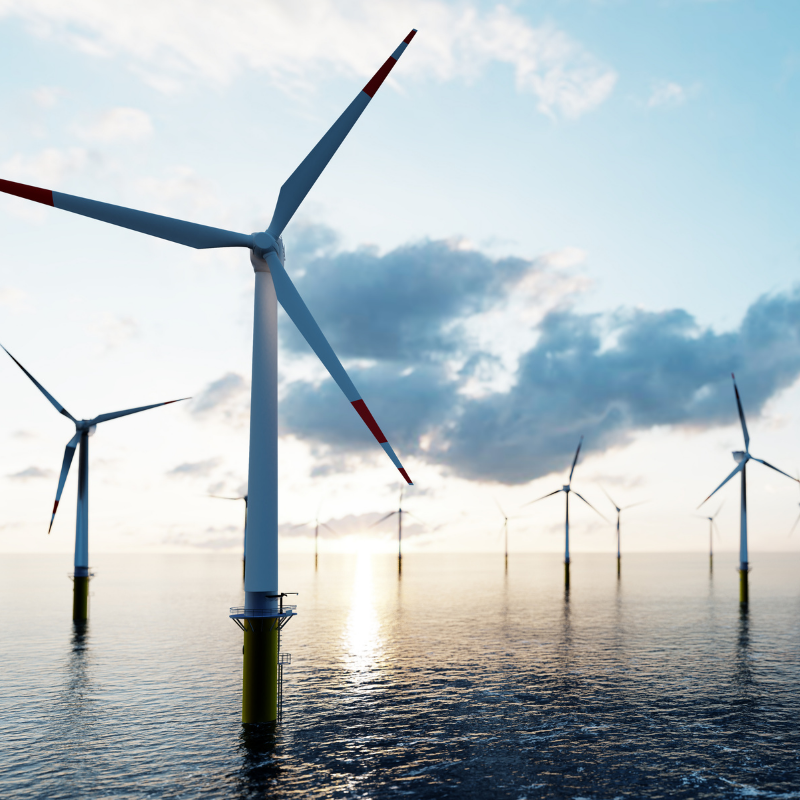
Offshore wind projects in the U.S. have been picking up steam over the last few years following the commitment to deploy 30GW of offshore wind by 2030, which could power around 10 million American homes annually. Significant progress has been made in the past year, which has been largely driven by an increase in state-level policy commitments, federal lease sales, offtake agreements, and supply chain activities. A total of 10 offshore wind projects have been planned for 2021, with a further 15 offshore wind projects set to receive grants from the US National Offshore Wind Research and Development Consortium.
Whilst some have cited the undeveloped supply chain as a cause for concern, developers remain positive and are applying knowledge from the oil and gas industry to navigate this. In fact, it has already been proven that offshore oil and gas platforms have the potential to be adapted for large wind turbines, which could speed up expansion. Another promising development is the emergence of floating wind technology, which overseas investors are keen to develop along the Pacific coast. Although this is currently more expensive than fixed-platform technology, costs are already declining.
Perhaps the biggest challenge facing the budding U.S. offshore wind sector are the regulations that projects must go through before even reaching the installation and construction phase. Addressing this challenge will become increasingly important if the U.S. are to meet their national goal.
Topics covered
Keep reading...
All blogs-
SO announcements
Spencer Ogden is proud to announce that as of 2021, they are Carbon Neutral
-
SOapbox Season Three
The SOapbox Series | Season 3 Episode 2: Leadership, Representation and Renewables
-
Awards
Spencer Ogden recognised for its corporate purpose at the International CSR Excellence Awards
-
CSR
Igniting Change: Spencer Ogden's Energy Conservation Triumphs on World Energy Conservation Day
-
Industry insights
Minister suggests most of UK to be powered by renewable energy by 2030





